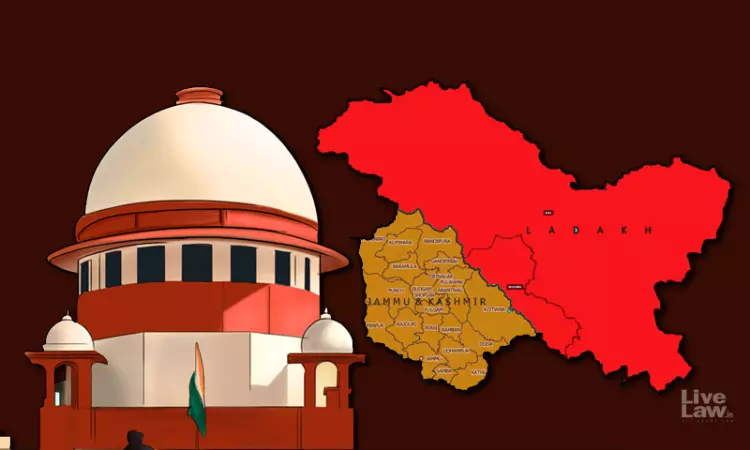Explainer On Article 370 Case In Supreme Court : Issues & Arguments Regarding J&K Special Status Abrogation
Padmakshi Sharma
30 July 2023 5:28 PM IST

Next Story
30 July 2023 5:28 PM IST
Nearly four years after the Central Government abrogated the special status of Jammu and Kashmir under Article 370 of the Constitution, the much anticipated hearing of the petitions challenging the decision will start in the Supreme Court on August 2, 2023.As the case - which had been lying dormant in the Supreme Court for over three years since its last listing in March 2020 - is now going...
